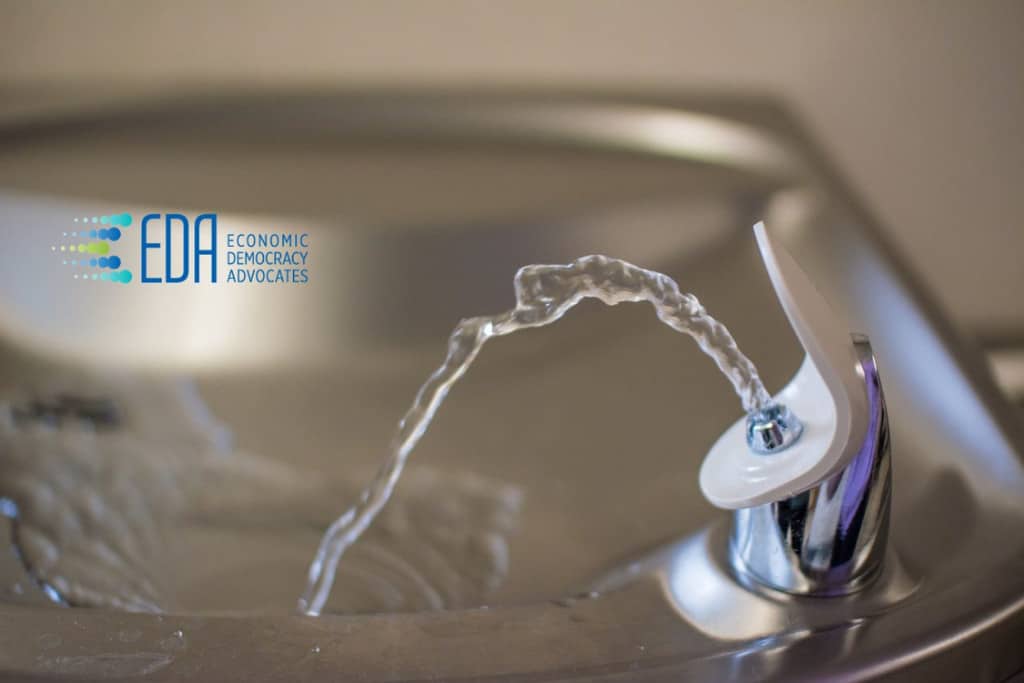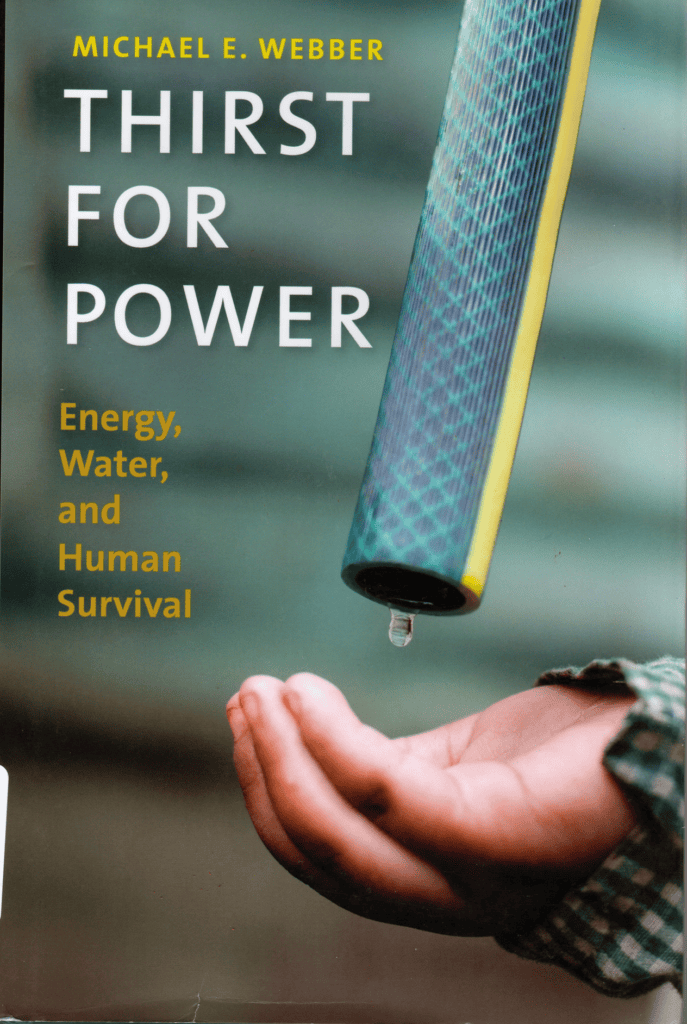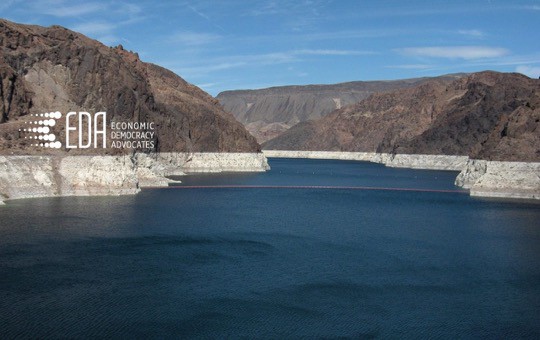Earlier this month we published two posts about the concerns that we are seeing regarding the future of clean water with the US Administration’s desire to severely weaken the Environmental Protection Agency. In combination with an Executive Order intending to rescind regulations preventing pollution of our rivers, lakes and streams, the head of the EPA has taken steps in his early days in his position to weaken the entire agency.
We believe that it is in our best interest to spread the word about the importance of maintaining the protection of our water for our generation today and for future generations. As humans, we can live without a lot of things – but water is not one of those. We must have clean water to survive; we cannot allow the economic interests of a few to cause irreversible harm to this Common resource.
Earlier this week, we heard two things from President Trump about clean water. In his address to the joint session of Congress on Tuesday night, he talked about protecting and ensuring clean water. That’s an important goal and one broadly shared by the American public.
But a day earlier, he signed an Executive Order (EO) to get rid of a rule that would actually help keep water clean. And two weeks before that, he signed off on a congressional action that rolled back a rule limiting the coal mining industry from dumping mining waste in streams and waterways. There’s some serious cognitive dissonance going on here.
Like clean water?
Rhetorical question. Everyone recognizes the essential role that clean water plays in protecting and promoting human health, along with the health of the ecosystems that sustain our wildlife and nourish our spirit when we swim, fish, stroll, or just plain gaze and take it all in. President Trump’s remarks before Congress and the viewing public suggest agreement—at least in principle.
Yet, days before making these remarks, he issued an Executive Order (EO) directing Scott Pruitt’s EPA to start of the process of rescinding regulation aimed at preventing water pollution in small streams, headwaters, and wetlands. 
In his words, “With today’s executive order, I’m directing the EPA to take action, paving the way for the elimination of this very destructive and horrible rule.”
We’re not talking puddles here, though that’s a clever ruse for the regulation’s detractors. These bodies of water feed into larger ones downstream, so keeping them clean and pollution-free is just common sense. And the peer-reviewed science supports what seems intuitively obvious.
Politics trumping science and public health?
The so-called Waters of the United States (WOTUS) rule was not just some new and arbitrary regulation. It was a carefully considered clarification of the types of water subject to EPA protection under the Clean Water Act, prompted by a Supreme Court decision and some very solid science. Now water under the bridge, so to speak, because the Administration seems bent on dismantling and undermining the very public health and environmental protections Congress required when it enacted the Clean Water Act in 1972.
This latest assault on science-based regulation should give us great pause. It’s another worrisome signal that politics and industry influence could trump the public interest when it comes to public health and environmental safeguards. It follows an EO at the end of January that directed federal agencies to identify for elimination two regulations for every new one they might propose.
These efforts don’t get rid of ‘unnecessary’ protections. They can actually make us less safe, less healthy, and are based on a false premise—that we must choose between our health and safety and economic growth. Not so. We can and have had growth while strengthening protections for clean water. After all, the Clean Water Act has been around since 1972 and while our economy has grown enormously, our water has gotten cleaner. Just look at Boston Harbor or the Charles River here in Cambridge, or thousands of other places around the country. The Clean Water Act says it is the goal of the US for our waters to be fishable and swimmable. Does that sound extreme? What does sound extreme is that 2 for 1 directive that agencies eliminate two for any one new regulation needed to protect our health, safety, or environment.
Stand up for science
The US public wants and relies on the safeguards and protections that our agencies—at all levels of government—provide. And they want these protections to be informed by the best available scientific evidence. It’s no quick and easy feat to develop (and may I add rescind) a rule or regulation; it’s a painstaking process based on science and significant public input. Public health and safety should be a top priority, not politics or the pockets of the most powerful interests. Science-based policy is in the public interest, and we need everyone—scientists and non-scientists alike—to stand up for science. We have developed a toolkit to help. Join us and others in this effort.
Article by: Kathleen Rest, executive director
Originally published by Union of Concerned Scientists


